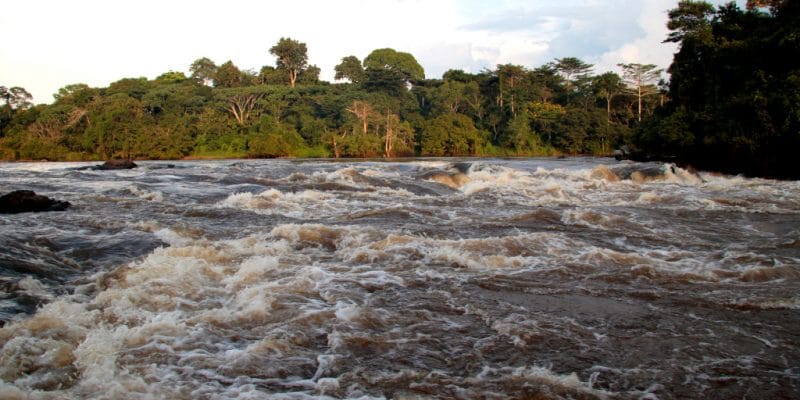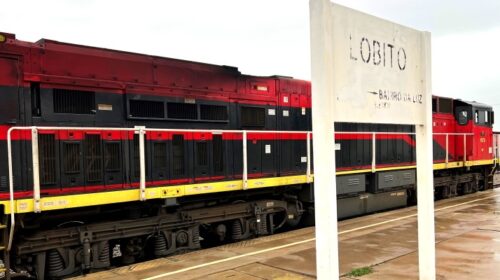DRC: Pollution of the Kasaï and Tshikapa rivers, the chances of repair are less (Expert)
After the pollution of the Kasai and Tshikapa rivers in July 2021 by alleged Angolan mining operators, the chances for the DRC to find compensation for the damage suffered are less, according to Dieudonné Musibono, Advisor to President Félix Tshisekedi in charge of the environment.
Speaking on the subject, Dieudonné Musibono notes certain prerequisites which, to date, have not yet been fulfilled.
“ Normally, when there is such a dispute, it is necessary to start by taking the samples, analyzing them in order to determine the nature and the quantity of the pollutant. The second step is the comparison of the value found with the national standards. At this stage, we must communicate to the polluter what he has actually discharged into the waterways as well as the recorded values, which are beyond the legal values. At that point, it becomes a problem. But if we do not have a reference value at the national level, we cannot use the international directives to incriminate the polluter ”, explained Dieudonné Musibono.
This Congolese scientist did not go by the back of the spoon to demonstrate that the DRC has no chance of being compensated. Because, he argues, no serious steps have so far been taken to apply the “polluter pays” principle, which consists in having the costs resulting from measures to prevent, reduce and combat pollution by the author.
According to him, scientifically, the Congolese State is not able to prove this pollution.
“ Normally, when you want to use international guidelines, you first have to bring together all the stakeholders at the national level, you cannot for example use the standards of the World Health Organization (WHO), that will not have no sense because we did not have prior consultation for appropriation. This is why it is difficult today to obtain the appropriate compensation from Angola ”, he concluded.
For MP Guy Mafuta Kabongo, elected from Tshikapa, this issue is handled very lightly.
“ I note a lightness on the part of the Government in the treatment of this question. So far, we do not know the exact number of people who have been directly or indirectly affected. When we talk about 12 deaths, these are deaths that we were able to pick up in known health centers. But in the villages where we have difficulty accessing, we don’t know anything ,” the elected representative of Tshikapa was indignant.
In July 2021, a leak was noted at Catoca Mining, Angola’s largest diamond mine, due to a technical failure in its water pipeline system. This caused, according to some sources, the pollution of the Kasaï and Tshikapa rivers in the Democratic Republic of Congo, thus causing enormous damage.
The investigations initiated by the Government of the DRC have still not revealed its secrets.
133 total views , 1 views today





